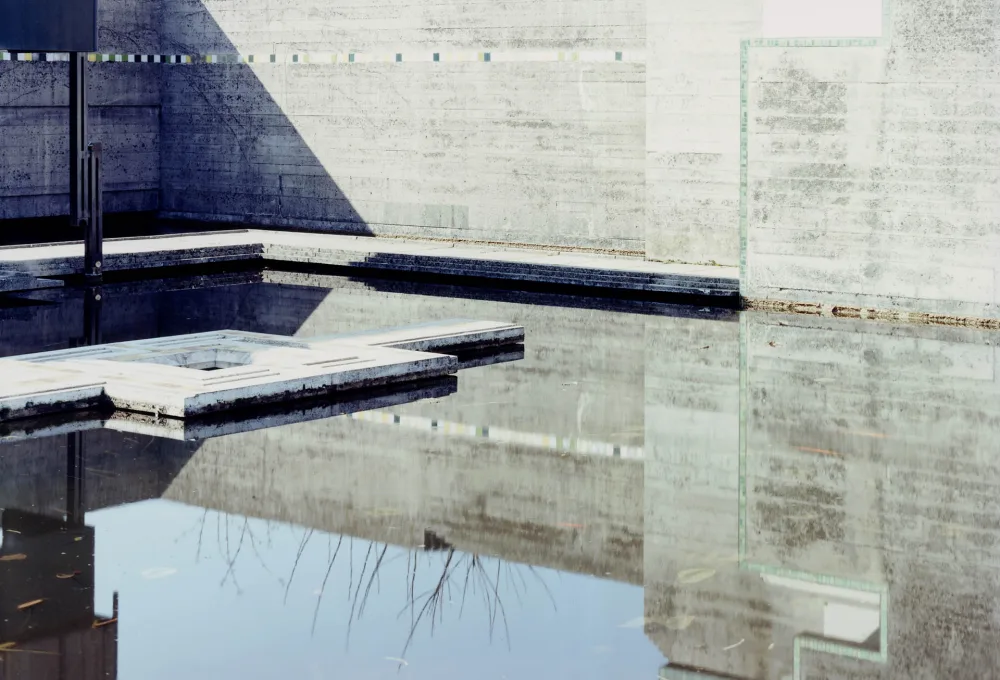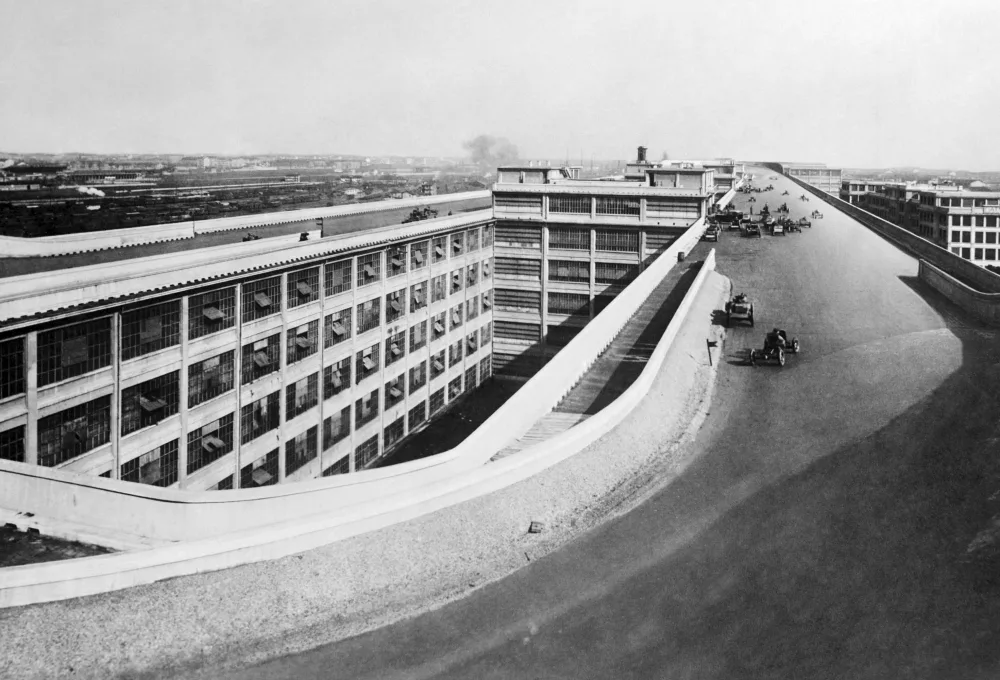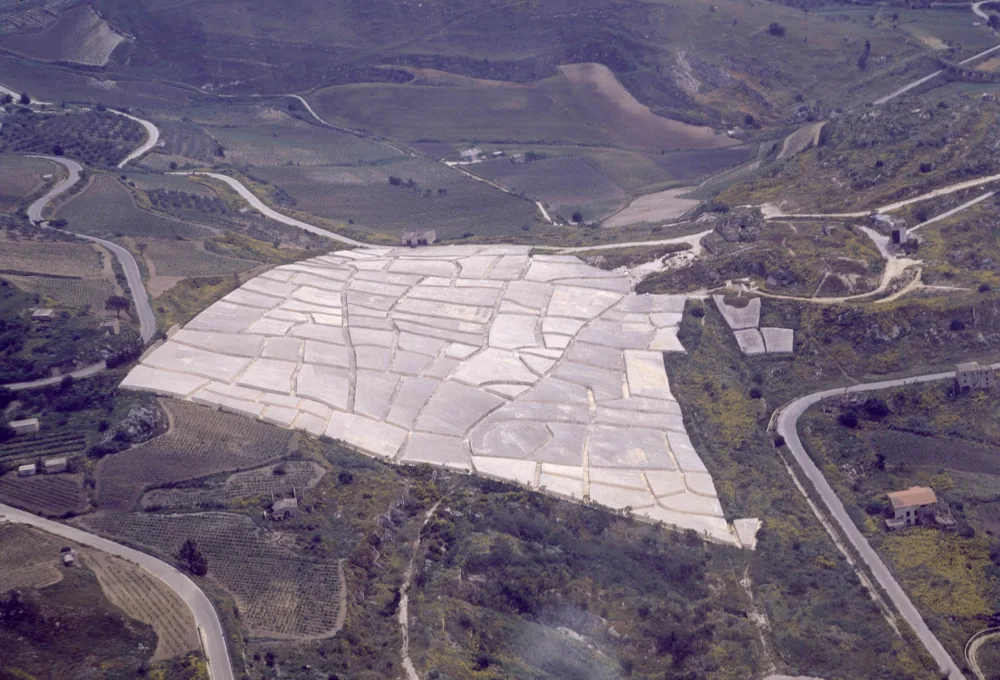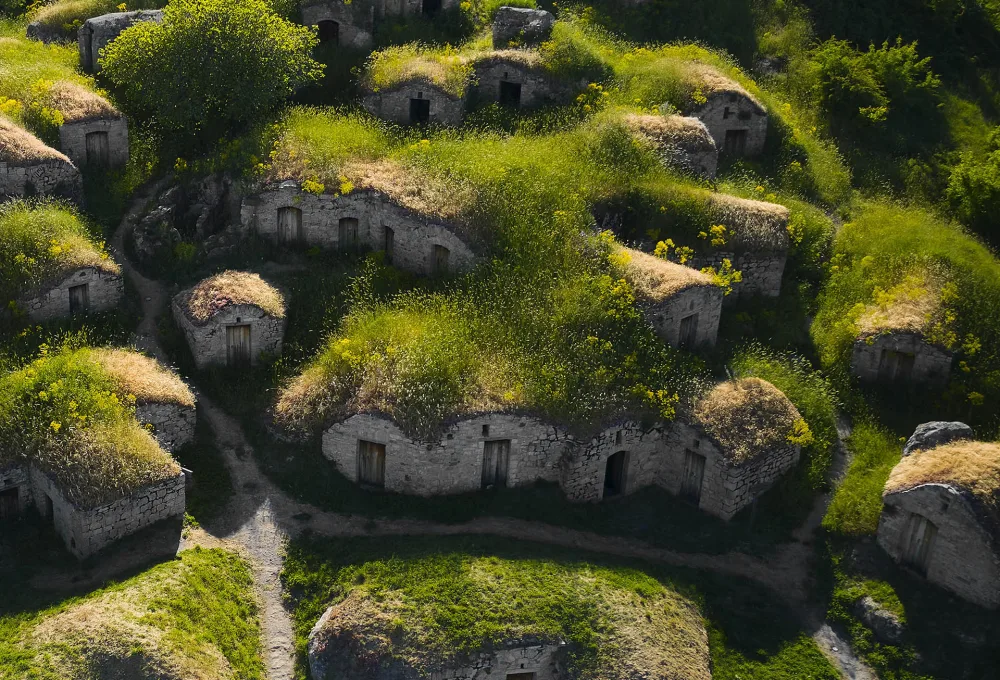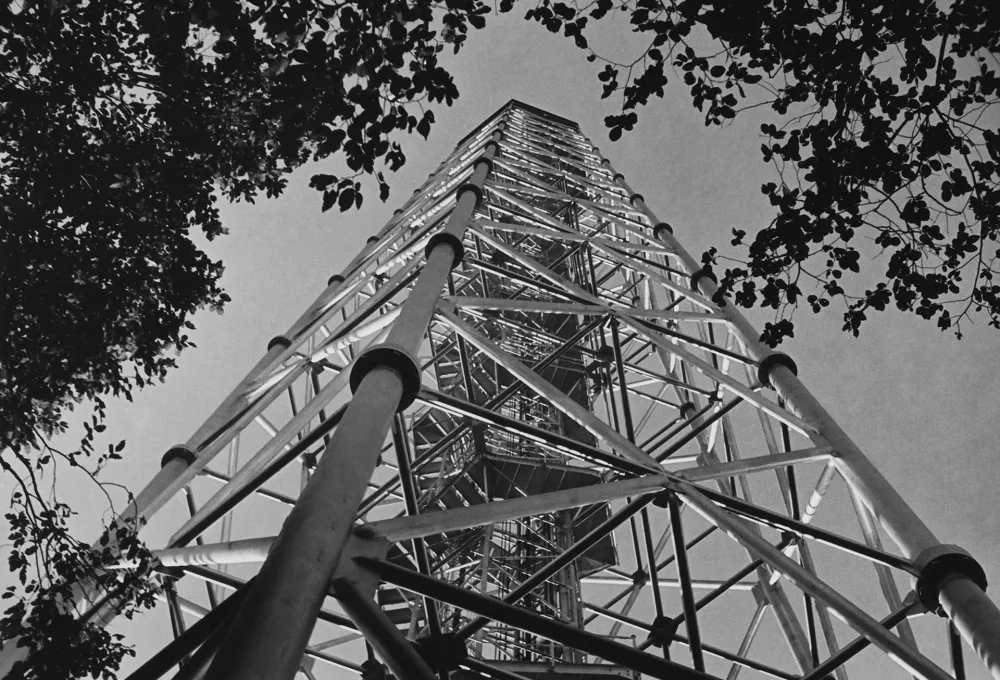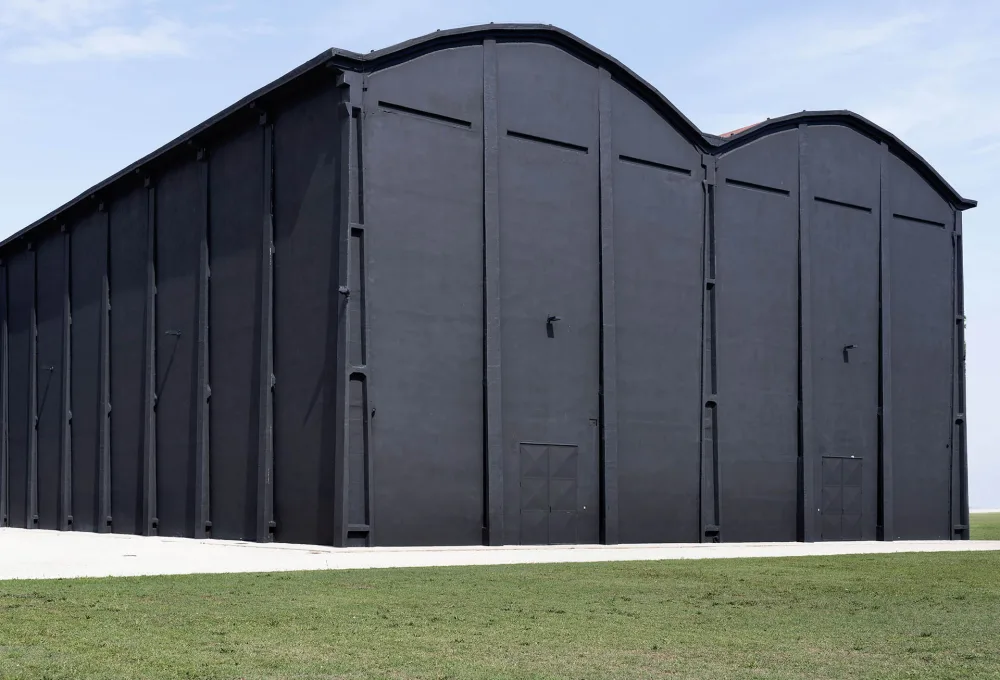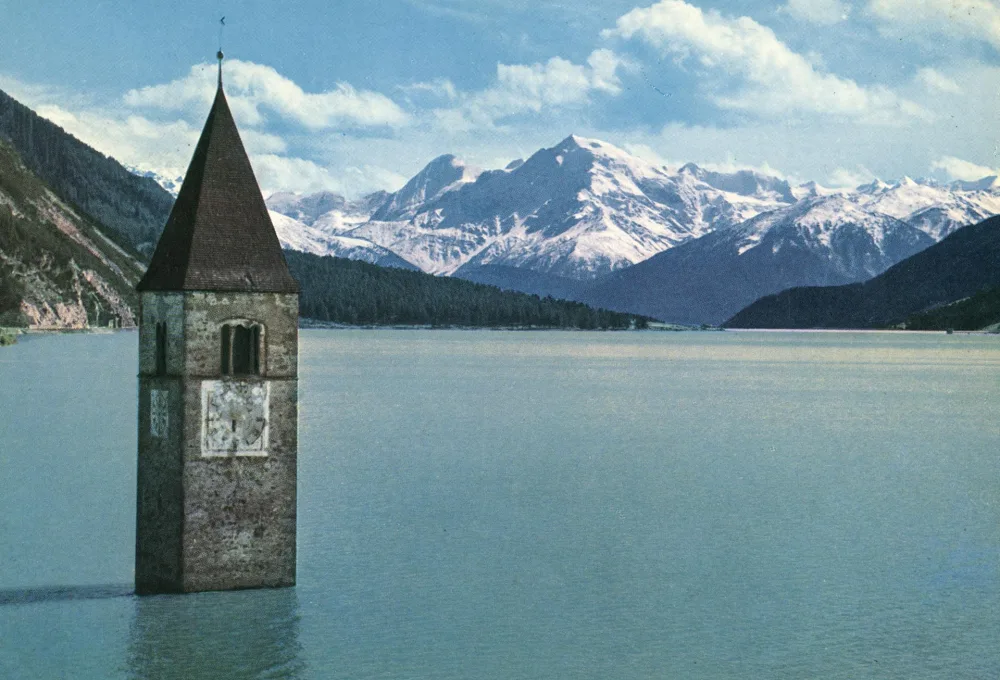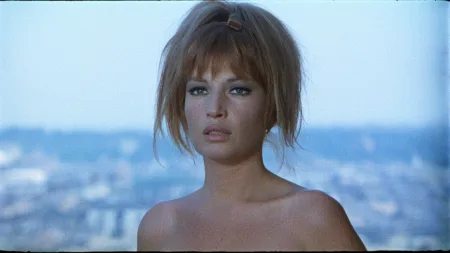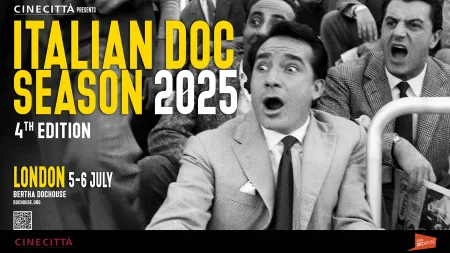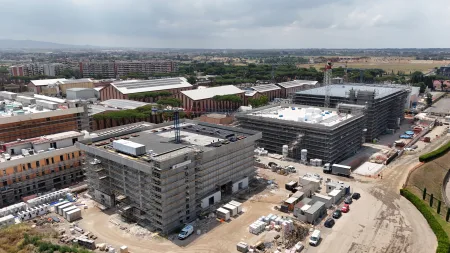9 May 2024
“Uninhabitable Architectures”, an Archivio Luce Cinecittà exhibition
A new standpoint on architecture to explore a view far from the common concept of housing functionality and examine the critical relationship between living and building, starting from some of its most emblematic constructions. From January 24 to September 29 at the Centrale Montemartini in Rome.
Uninhabitable Architectures is the title of a new exhibition by Archivio Luce Cinecittà scheduled from January 24 to September 29, at the Capitoline Museums, Centrale Montemartini in Rome. Born from the desire to explore the allure and complexity of some of the most uninhabitable architectures in Italy, the exhibition highlights eight constructions on the national territory through a choice of images that portray them by type, use, and period of construction. The exhibition is promoted by the Capitoline Superintendence of Cultural Heritage of the Roma Capitale Department of Culture, organized and created by Archivio Luce Cinecittà, conceived by the President of Cinecittà Chiara Sbarigia and curated by Chiara Sbarigia with Dario Dalla Lana. Museum services by Zètema Progetto Cultura.
The photographs and films that describe them come largely from the Luce Archive and other archives and institutions such as the Alperia Archive, the Alta Val Venosta Museum, the CISA Andrea Palladio, the Benetton Foundation, the Burri Foundation, the Dalmine Foundation, the Fiat Archive, the Giò Ponti Archive, Italgas Archive, the Museum of Contemporary Art “Ludovico Corrao,” the Triennale di Milano, Trifernate Photo Library. Among the approximately 150 images that are part of the exhibition, photos of great Italian authors such as Gianni Berengo Gardin, Guido Guidi, Marzia Miglior, Gianni Leone, and many others stand out, while at an international level, the images of Mark Power, Sekiya Masaaki, Steve McCurry.
Specially created for the exhibition are the beautiful photos on the catalog cover by Francesco Jodice and Silvia Camporesi.

The Uninhabitable Architectures described in the exhibition are:
– the Gazometro in Rome, which arises as a modern Colosseum, an iconic presence in films and TV series of recent years, visible from the Centrale Montemartini, the exhibition location, where visitors can enjoy the evocative contrast between its architecture and the surroundings.
– the Brion Memorial in Altivole, an architectural complex designed by architect Carlo Scarpa as a burial ground for the Brion family;
– the Half-Submerged Bell Tower of Curon, located in Lake Resia in the Trentino-Alto Adige Region, a fascinating Romanesque structure completely transformed by the construction of a dam which led to the creation of the lake for hydroelectric purposes and the submersion of the town (which was destroyed), leaving only the bell tower in sight;
– the Cretto of Gibellina (also known as the Crack of Gibellina or the Great Crack) is a commemorative installation by artist Alberto Burri, a large white concrete shroud that encompasses the rubble of the city of Gibellina, destroyed in the Belice earthquake of 1968;
– the Lingotto of Turin, a historic and extremely famous architectural complex designed by Giacomo Matté Trucco, and once the iconic house of the FIAT factory, today a symbol of the city’s industrial history;
– the Ex Seccatoi of Città di Castello in 1966 hosted the books that were flooded in Florence in order to dry or “cure” them. Having definitively lost its original function after tobacco cultivation was abandoned in the 1970s, since 1990 it has been the site of Alberto Burri’s last great pictorial cycles;
– the Branca Tower, originally a littoria tower of the fascist era designed by Giò Ponti and conceived as a temporary structure for the 1933 Triennale, features a steel lattice structure and is equipped with a lift that allows visitors to reach the top and enjoy a view of Milan; after a period of relative abandonment, it was restored and has been open again to visitors since 2002;
– the Palmenti of Pietragalla is a remarkable testimony to the ingenuity of local winemakers; a rocky stone architecture made up of over two hundred buildings on different levels that were once used as laboratories for wine production, creating a notable landscape impact while evoking a fairy-tale atmosphere.
Each landmark, some known to the general public and others less, offers a unique glimpse into its uninhabitability and intrinsic beauty.
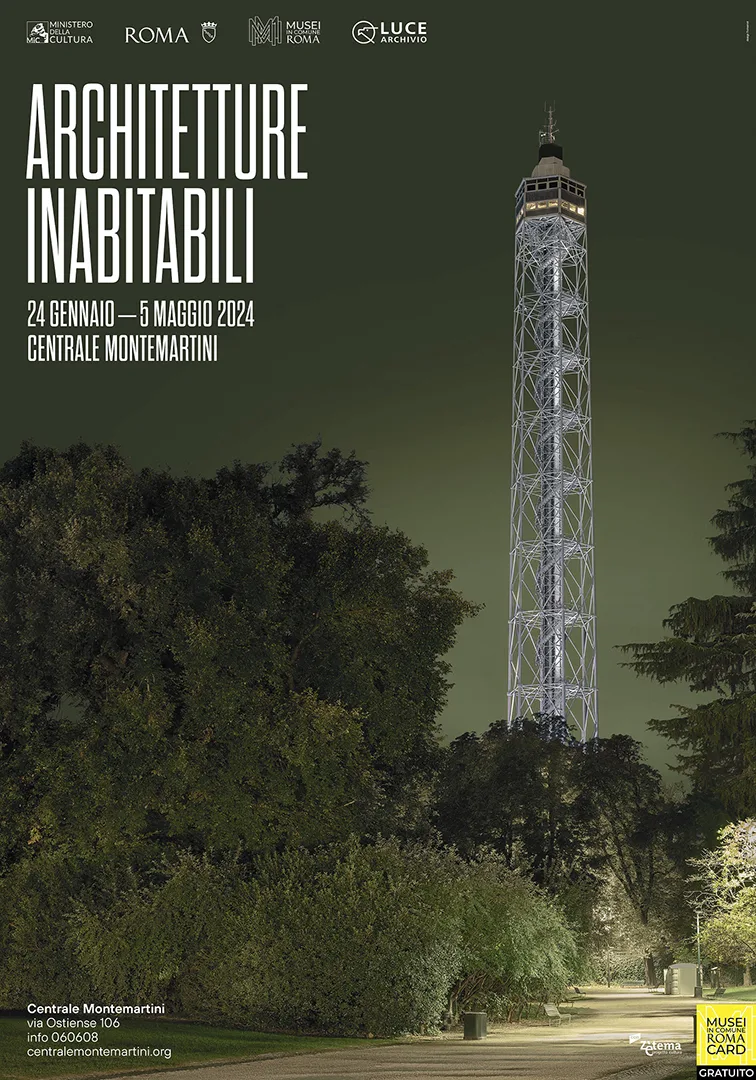
Catalog
The catalogue, published by Archivio Luce Cinecittà with Marsilio Arte, is enriched by original texts by eight writers who offer a personal and intimate narrative of the sites, suggesting further keys to understanding the architecture: their symbolic, emotional, and historical meaning. (Discover more in the Uninhabitable Architecture catalogue)
The authors:
– Edoardo Albinati (on the Gazometro, Rome)
– Stefania Auci (on the Cretto of Gibellina)
– Gianni Biondillo (on the Branca tower in Milan)
– Andrea Canobbio (on the Lingotto industrial complex, Turin)
– Francesca Melandri (on the Half-Submerged Bell Tower of Curon Venosta)
– Andrea Di Consoli (on the Palmenti of Pietragalla)
– Tiziano Scarpa (on the Brion Memorial in San Vito di Altivole)
– Filippo Timi (on the Ex Seccatoi of Città di Castello)
In addition to the images and texts, the catalogue contains essays by the curators, a preface by the Undersecretary of Culture Lucia Borgonzoni, and an afterword by Marco Belpoliti.
The Uninhabitable Architectures exhibition represents a unique opportunity to explore the complexity of Italian uninhabitable architecture and invites the visitors to reflect on their symbolic relevance and repeatedly renewed vitality.
JANUARY 24 – 5 MAY, 2024
Capitoline Museums, Centrale Montemartini
Via Ostiense, 106 – IT-00154 Rome
